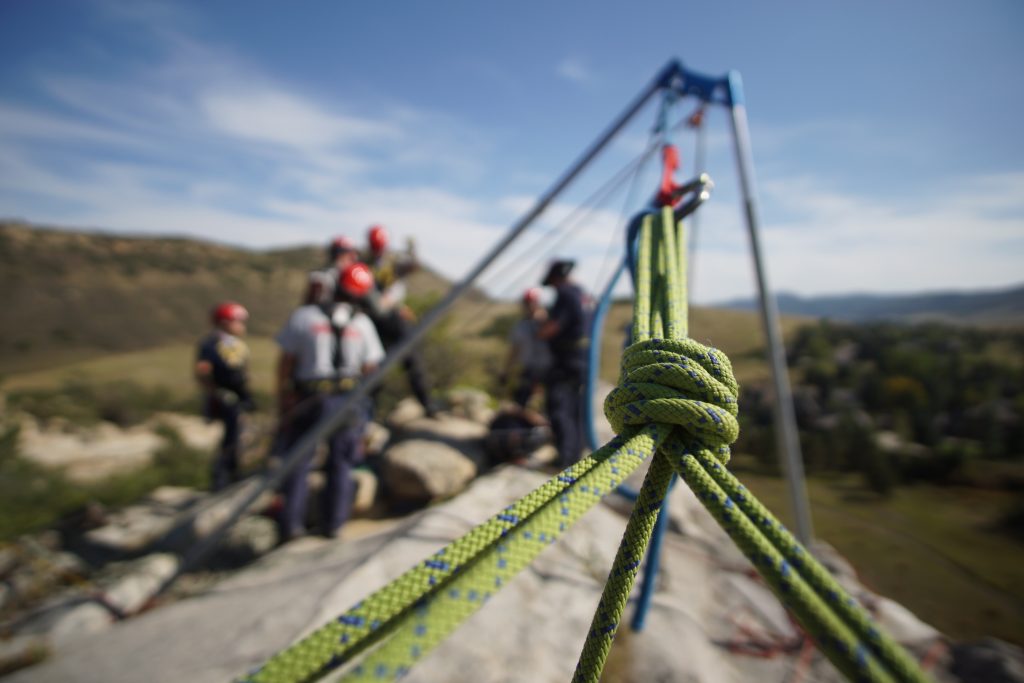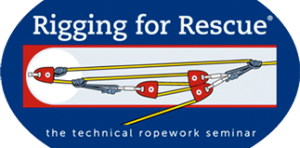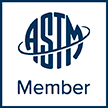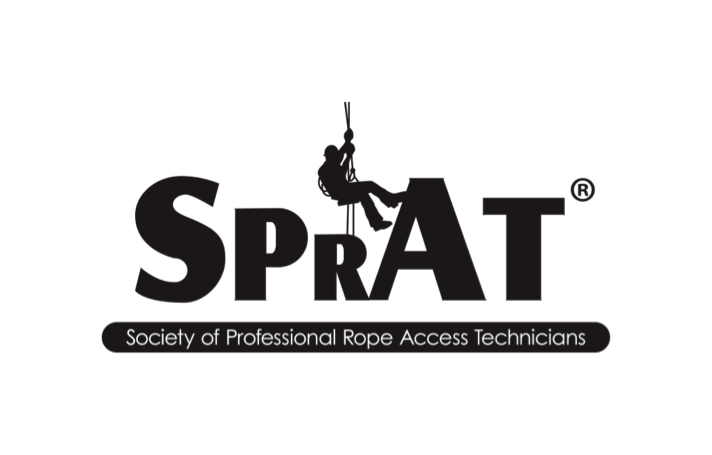Practitioner Progression for Technical Rope Rescue
New initiates should consider gaining some experience and skill prior to attending an RfR program – you will get much more out of the material we present.
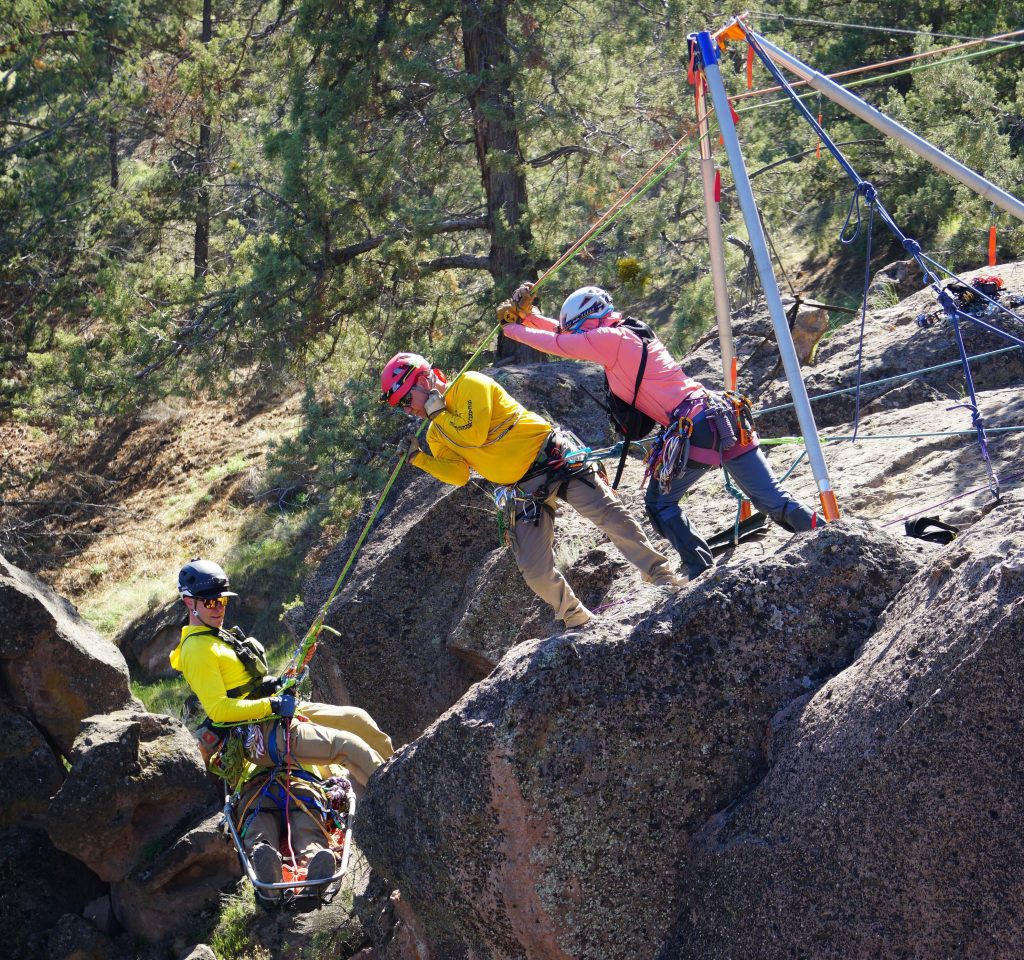
Within any given discipline or course of study there exists an apprenticeship. The nature of that apprenticeship is driven by a great many factors such as: beginning skill sets; available time; quality of mentorship; dedication; and a whole host of others.
The progression outlined below is offered as a pathway for becoming a highly skilled rope rescue practitioner. Some of the steps can be accomplished by training and outside education. Other elements require experience in the field honing your craft. You simply need to accumulate enough data points (experience) to be able to have at your disposal a wealth of solutions to a given problem.
For the rope rescue practitioner, it is a healthy and worthwhile exercise to embark on a path of introspection and ask yourself: Where do I currently stand in this discipline? Where do I see myself being in 1 year? 3 years? And, what time and resources can I dedicate to this pursuit?
PATHWAY FOR BECOMING A HIGHLY SKILLED ROPE RESCUE PRACTITIONER
Requisite skills for operating effectively in technical rescue
- Don PPEs correctly
- Focus a simple anchor
- Build an edge restraint system
- Ascend/descend a rope
- Learn systems inspection methodology
- Familiarize yourself with terminology and operational procedures
- Be able to run a device (e.g. DCD on Main; Rescue Belay) including all of the various securing measures (tie-offs, etc.)
- Focus more complex multi-point anchors
- Rock pro, ice pro, snow pro, etc. proficiency
- Release devices, jiggers, etc.
- Knot passes; changeovers lower to raise; other tension transfer scenarios
- Attend a litter
- Basic patient packaging
- Systems Analysis (i.e. Critical Point, Whistle, etc.)
- Increase critical thinking and situational awareness in evaluating systems/procedures
- Be able to inspect any system (e.g. Main or Belay, Edge, etc.)
- Add polish to your communications, terminology, and operations
- Strong tactile skills in all devices for team-based and companion-based rope rescue
- Strong familiarity with all forms of anchoring devices/techniques
- Be able to lead a station (e.g. Main or Belay)
- Competently run the Control function with excellent comms/procedures
- All forms of system inspections
- All litter orientation rigging and attending set-ups
- Advanced patient packaging for various injuries
- A large cross-section of systems competence
(Pike ‘n Pivot, KHS, Reeving variations, Guiding Line, Pickoffs, Counter-balance rappel, etc.) - Knot passes on AHDs, changes-of-direction
- Construction of AHDs (Lazy Leg A-Frame; Sideways A; Gin Pole)
- Increasing on-sight skills and scene size-up competencies
- Superb scene size-up and on-sighting skills
- Ability to see all rigging in 3-dimensions prior to assembly
- Mastery of all devices, procedures, and rigging nuances
- Large library of ‘Tricks of the Trade’
- Ability to lead and direct others effectively
- Ability to assess, prioritize and mitigate risk and the associated hazards
ROPE RESCUE AND TECHNICAL ROPE WORK IS A CRAFT.
Specifically, it is a craft that includes complex problem-solving requiring quick decisions in oftentimes stressful environments employing infrequently used techniques. Suffice it to say that can be a recipe for disaster. Such a craft requires dedication to both obtain and maintain a high level of proficiency. Use the practitioner progression to self-assess your current level in the discipline and where you want to advance towards.
Rigging for Rescue seminars and workshops are designed to meet the needs of the ‘intermediate’ and ‘advanced’ level practitioner. New initiates should consider gaining some experience and skill prior to attending an RfR program – you will get much more out of the material we present. We look forward to helping you achieve your immediate and long-term goals in rigging and rope rescue proficiency.
